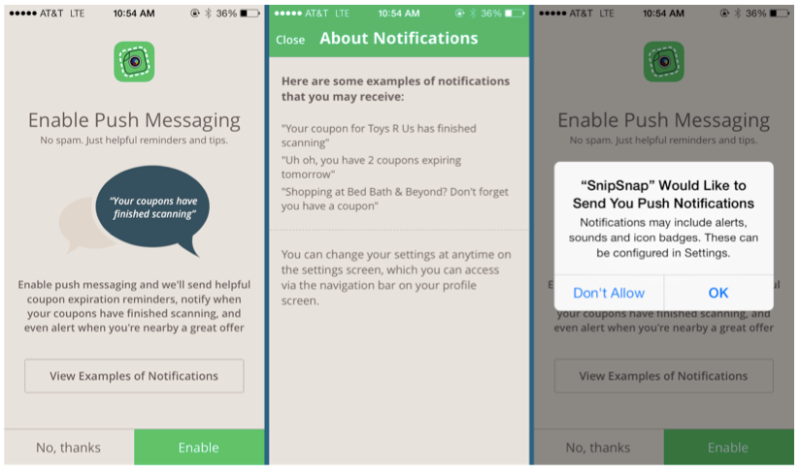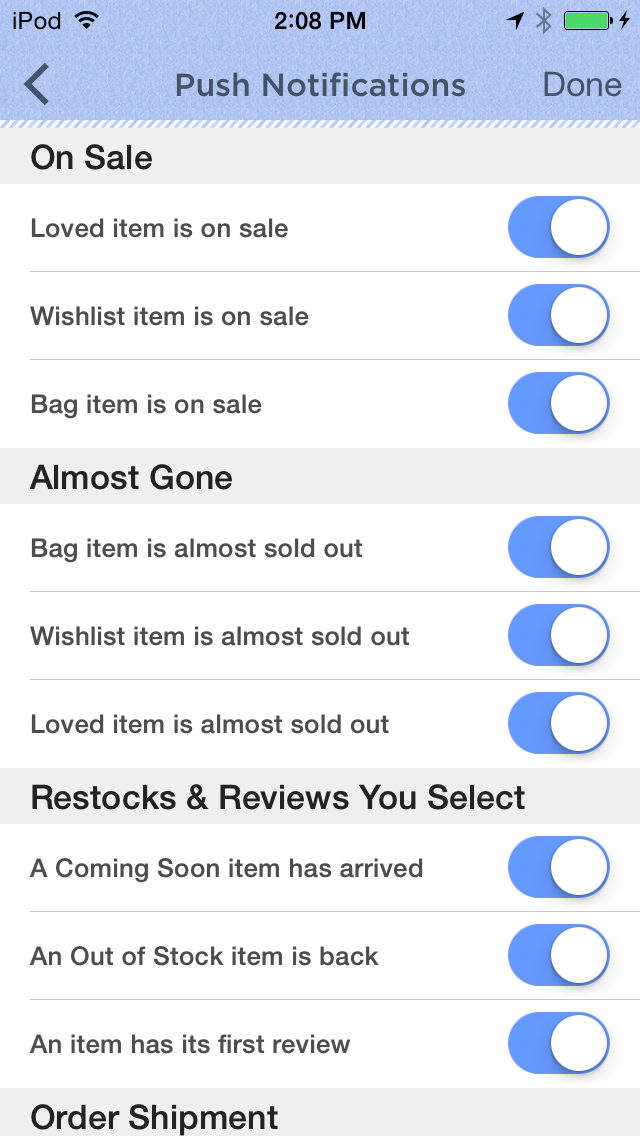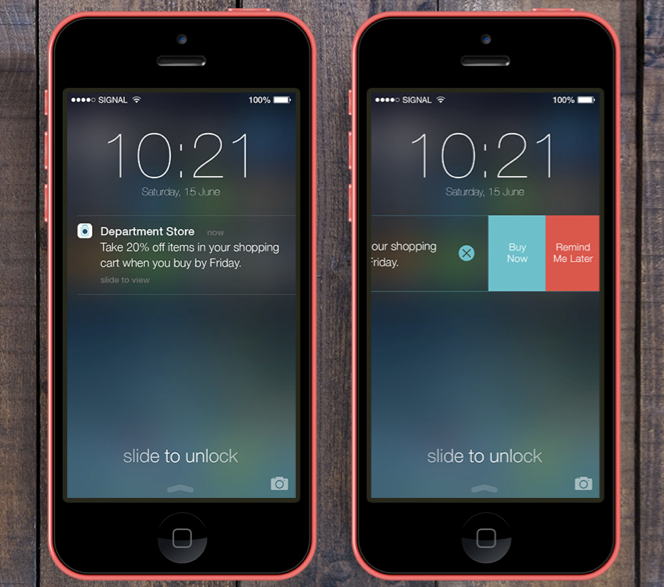How Retailers Can Get M.O.A.R. From Mobile
You work hard to attract new customers, but what about retaining your existing ones? Columnist Brent Hieggelke explains how to use mobile to activate your customer base.

We’ve all heard the adages that 80% of your revenue comes from 20% of your customers or that it’s 5-10 times more expensive to acquire a new customer than to retain and sell to an existing one. One of my favorites is from Bain & Company, stating that increasing customer retention rates by 5% boosts profits by 25% to 95%.
Despite these accepted truths, it always seems like the industry’s predominant focus is on acquisition and on reaching the biggest possible audience through advertising and search marketing, which are largely one-and-done, transactional models of growth.
Advertising will always be important in the marketing world; you’ve got to be discovered and continually grow awareness. And digital advertising brings a lot of exciting elements, allowing you to gain more clues to user intent and location, as well as leverage programmatic automation.
But a disproportionate focus on acquisition over retention is dangerous; your business becomes hooked on regular infusions. It’s also a lazy way to approach mobile marketing — doing what’s worked in the past, but ported over to a mobile screen that holds a fundamentally different connection and purpose in consumers’ lives.
To maximize results this holiday season, retailers must do all they can to shake off this persistent reach-and-frequency, broadcast-era hangover, and finish what social media and content marketing started: growing an owned audience that they can directly interact with in more personalized, relevant and responsive ways.
Further, all signs point to the need to run — not walk — toward a mobile marketing mindshift:
- Flurry identified that 86% of consumers’ mobile time is now spent in apps.
- Time spent on mobile devices is steadily increasing year-over-year, with US adults predicted to spend 23% more time with mobile in 2014 than in 2013.
- This holiday season, 75% of smartphone shoppers plan to use their phones in-store.
- When consumers use digital as part of their in-store shopping process the conversion rate goes up – by 40 percent.
Of course, owning your mobile audience is not without its challenges, but retailers can apply automation and a systematic process of Mobile Onboarding, Activation and Retention (M.O.A.R.) to lengthen app lifecycles, grow mobile loyalty and maximize success.
You need to realize that every day, new customers are dropping into a brand new experience, and other app users are becoming veterans. They need difference mobile app marketing experiences to be successfully retained over the long haul.
Mobile Onboarding: Getting Started
Ironically, one of the first efforts retailers should focus on is advertising and promotion to get their app or a digital wallet coupon discovered. While Facebook’s financials clearly indicate the popularity of mobile app install ads, growing mobile awareness should be thought about broadly.
Your unique value proposition should be conveyed early and often in search-optimized app store listings, customer marketing efforts, and online and offline advertising. We see some big brands now leveraging all channels of marketing to promote their app download as the key call-to-action.
But earning the download doesn’t mean you will keep that place. It is the first step. Getting the customer onboarded by communicating your value is the next key step.
Many apps explain the value of opting in to push notifications and location-sharing directly within their app store listing. Some, like the SnipSnap coupon app, include interactive walkthroughs that explain the value, while others are increasingly leveraging automation and in-app messaging to convey the value exchange in more contextual ways.
For example, rather than on first open, try triggering the opt-in request at a later stage or in context of actions users are trying to take. Or, try waiting for the location ask until they access the store locator or register as an authenticated user.

The focus on taking users from interested downloaders to opted-in users is a critical one. We’ve coined the term “APPathy” to describe how the majority of users abandon or delete an app within 30 days of downloading it.
Analysis of thousands of apps found that users who are opted in to push messaging are four times more engaged in apps and are retained at twice the rate of opted-out users. Among the six industry verticals included, Retail apps had the greatest engagement and retention lifts from opted-in audiences with 40% more average monthly app opens and 116% greater average retention rates than opt-out audiences (Urban Airship, Good Push Index, 12/6/2013).
The benefits and immediacy of push can’t be ignored. According to Forrester Research, “Marketers we interviewed already witness 50% higher open rates on push notifications versus email. Click-through rates can be twice as high, too” (Push Mobile Engagement to the Next Level, Forrester Research, Inc., October 17. 2013).
Activation: Make Something Happen That Matters
So, you’ve got the download and hopefully the push notification opt-in. If not, in-app messaging will allow you to reach all users, and you can message the opted-out audience differently to regain their consideration over time.
Now, the customer has to convert to some key activity inside the app: set up an account, make a purchase, set up preferences, etc. It is wise to encourage users to customize and personalize the content and messaging they’ll receive — even if that means limiting the number of notifications they will receive, so they will be valued when they arrive.
Retailers can setup in-app preference centers where customers can select the products or categories that interest them, set the time of day and frequency of notifications, and choose whether they’d like to receive sale notifications or in-store offers.

ModCloth’s app offers an extensive preference center
Inferred preferences, gleaned from in-app behaviors and response to specific messages and landing pages, should be leveraged alongside explicit preferences to improve response rates.
Retailers can segment audiences for targeted messages and automated campaigns based on product categories or SKUs viewed, items added to wish lists, social shares, coupons saved or other actions.
Our latest data study from May 2014, found that highly targeted push messages drive nearly 300% greater response on average than messages broadcast to most of an app’s audience.

Interactive notifications introduced with iOS 8 and available in Android 4.3 and above offer more ways to easily determine shoppers’ interests.
Swipes to push messages, and clicks to interactive notification buttons and in-app message and landing page links, allow for progressive profiling.
Retailers can dynamically assign segment attributes based on users’ clicks for more relevant messaging and automation campaigns.

Users can easily select preferences through in-app message clicks that can trigger follow-on automation campaigns
Getting the first sale is a critical activation step for all retail apps, and offers are a great way to do that. Funky Pigeon, a WHSmith brand, fired off an automated offer 25 minutes after a user spent 5 minutes or more in the app and netted a conversion rate 1200% greater than its email campaigns.
In order for most brands to send the right offer, they need to know about their users. Activation efforts should also include surfacing unique and interesting features of your app. The more you can get users to explore, the more you’ll know what matters most to them.
Retention: Will They Stay, Or Have They Gone?
For every business, the time between a user’s app sessions may vary, perhaps even seasonally, so push messaging becomes one of the few ways you can understand if your app is still on their phone.
If it isn’t, the messaging gateways used by mobile device makers will report deleted apps after unsuccessful send attempts. Ultimately however, most businesses want to see ongoing use and for the purposes of our Good Push Index data studies we only count a user as retained if they’ve opened the app at least once that month.
The key to retention is to resonate value with them individually. To understand this, you need to evaluate the data.
Do they respond to certain types of message or offers more than others? If you’ve reach a point where you believe you are losing the customer, key in on very specific behaviors.
Do they have products left in their shopping cart or wish list? Now may be the time to pull out the deep discount and reconfirm their customer status. How long has it been since they have opened the app, and how can you drive them back in without coming across as a needy app.
It’s also important that retailers think about the customer service capabilities at this stage. For example, retailers can offer automated notifications about shipping, returns, warranty details, service reminders, replenishment programs and post-purchase surveys through mobile to keep customers engaged when they’re not shopping.
In Charge Of Your Destiny
Hopefully, considering how to systematically move customer through the M.O.A.R. steps give you a simple but effective framework to ensure you are managing this proactively. By following this, you will build a powerful direct connection to your most valuable customer base.
The future is only getting more interesting with proximity beacons, wearables, contextual motion data, and health and fitness information, but the price of admission is becoming abundantly clear—you need to own your mobile audience.
Contributing authors are invited to create content for MarTech and are chosen for their expertise and contribution to the search community. Our contributors work under the oversight of the editorial staff and contributions are checked for quality and relevance to our readers. MarTech is owned by Semrush. Contributor was not asked to make any direct or indirect mentions of Semrush. The opinions they express are their own.
Related stories
